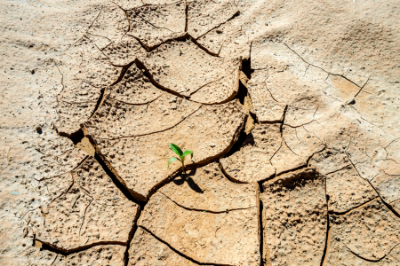
If you're living with a composting toilet and have been impacted by recent weather events, you may be wondering how your toilet can be recovered post-flood. The good news is - composting toilets are resilient to floods. Once drained, they will keep composting.
Once the floodwaters have receded, it's time to get back to work and reinstate your systems. The path to recovering the toilet will largely depend on the type of system you have. See below for recovery guides for self-contained and split-systems.
Self-contained (on-floor) system
Make sure your ventilation system is intact and is working.
Check your drainage pipework and your soak-away or any other system the leachate drain may be connected to (such as greywater treatment tank) to see that these are still operational.
If you haven't experienced flooding inside the house, your compost pile won't be impacted. You'll be able to continue using the toilet as per usual.
If the building has flooded and re-occupancy is possible, the recovery process is simple. Safely dispose of any compost that is in the composting chamber - either by adding it to your onsite compost pile or by rubbish road-side pickup (double bag the compost). Clean all parts of the system, and put back into use.
Split-systems (below floor)
If you have a split system (batching or continuous composting), the sub-floor composting chamber may be flooded even if your house hasn't. Never fear, the compost pile can be recovered easily!
Make sure your ventilation system is intact and is working.
Check your drainage pipework and your soak-away or any other system the leachate drain may be connected to (such as greywater treatment tank) to see that these are still operational.
Split-systems are self draining and will recover post-flood. Leave the system to drain on its own - excess liquids will drain into their dedicated soak-away through the leachate drain as floodwaters recede.
Saturation can lead to anaerobic composting conditions. To combat this:
- Add a fresh layer of bulking agent as the system is draining. This helps protect it from insect exposure and mitigate potential odour caused by high saturation
- Recommended - add a concentrated liquid biotic booster such as BBL Tamper Spray concentrate to increase microbial activity
- Optional - add a highly absorbent additive such as Compost Green or Compost Black
The compost pile will become more condensed after draining and will need aeration.
- Batching systems - if your system has a mixing mechanism, use this to mix the pile. If the pile is not mixing easily, go easy and don't strain the mechanism - try gentle back-and-forth turning to break it up. If your system is without a mixing mechanism, disconnect the chamber and give it a manual mix with a garden tool.
- Continuous systems - for a large compost pile of a continuous system, poke the pile with a long rod to create air channels and help oxygen back into the system.
WCTNZ® | Waterless Composting Toilets NZ Limited | Copyright 2023 ©





















